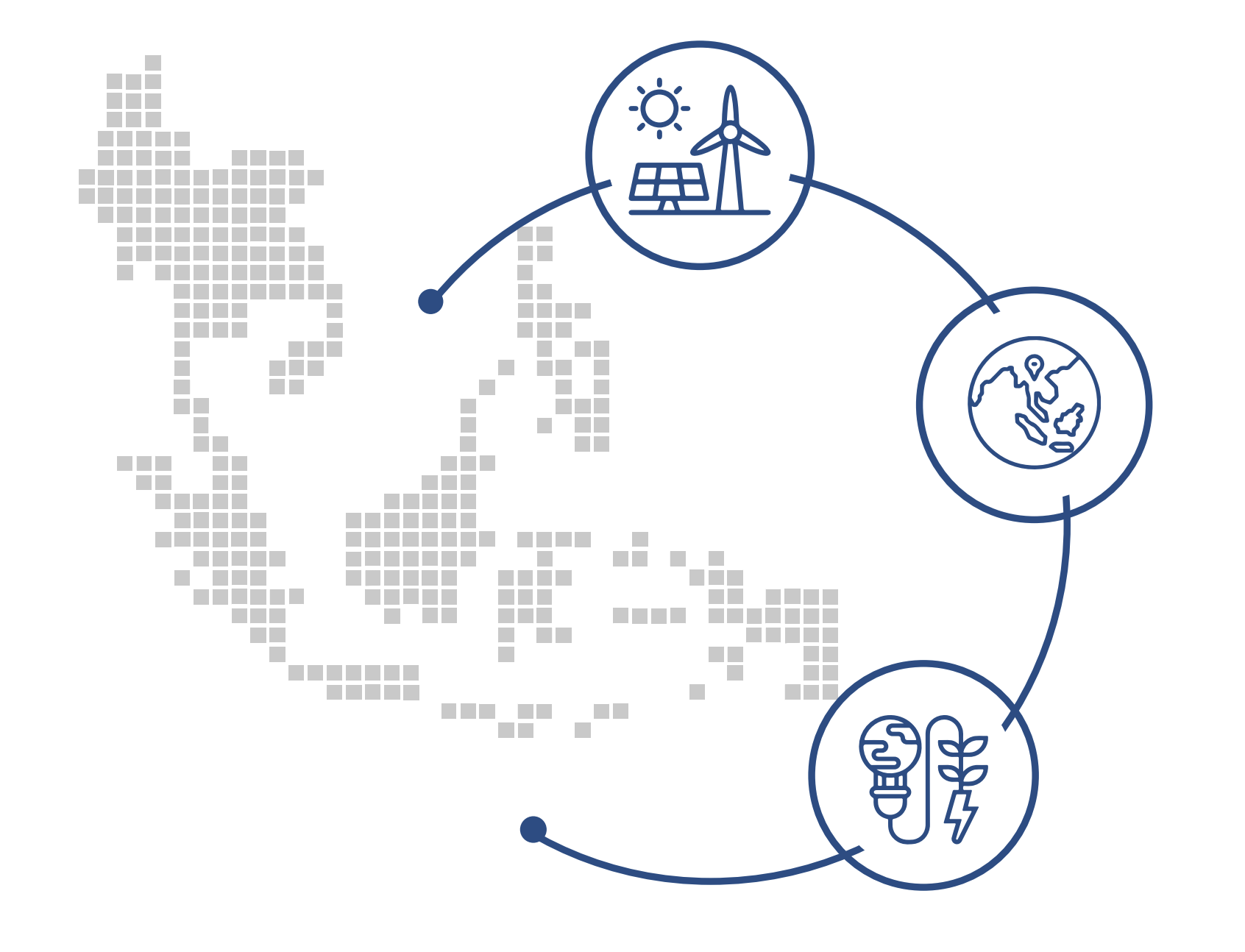The EU ETS is in a crisis. There is a fundamental concern that persistently low allowance prices will fail to incentivize the investments in low-carbon capital stock and technology research and development (R&D) required to achieve long-term European decarbonization targets in the context of the Paris Agreement. Attainment of these targets is at risk. Introducing a carbon price floor can re-affirm the role of the EU ETS as the central pillar in the European effort towards decarbonization. Such a price floor should start at an economically significant level and rise over time.
Fundamental change will be required to reaffirm the role of the EU ETS as the central pillar of European decarbonization efforts. In particular, a carbon price floor that rises over time can provide a clearer policy signal for guiding short- and mid-term capital stock and technology R&D investment decisions towards low-carbon options, and can thus enable cost-efficient achievement of long-term decarbonization targets. If designed accordingly, it allows member states with a higher preference for ambitious climate policy to effectively achieve additional emission reductions. In addition, targeted and
transitory compensation models for particularly affected constituencies, and public investments into the development of new technologies and related business models will be required to ensure short- and long-term political support and reinforce policy credibility. Companion policies can play an important role in fostering low-carbon investment, but are inadequate substitutes to effective long-term carbon pricing. Ideally, a carbon price floor will be implemented at the EU-level. An alternative is to start with a coalition of countries including Germany (also in view of attaining its 2020 climate targets), France and others, and to expand it over time.
The full policy paper is available on the Mercator Research Institute on Global Commons and Climate Change website.






